The ’80s Sci-Fi Thriller Sequel Deserves As Much Praise As The Original
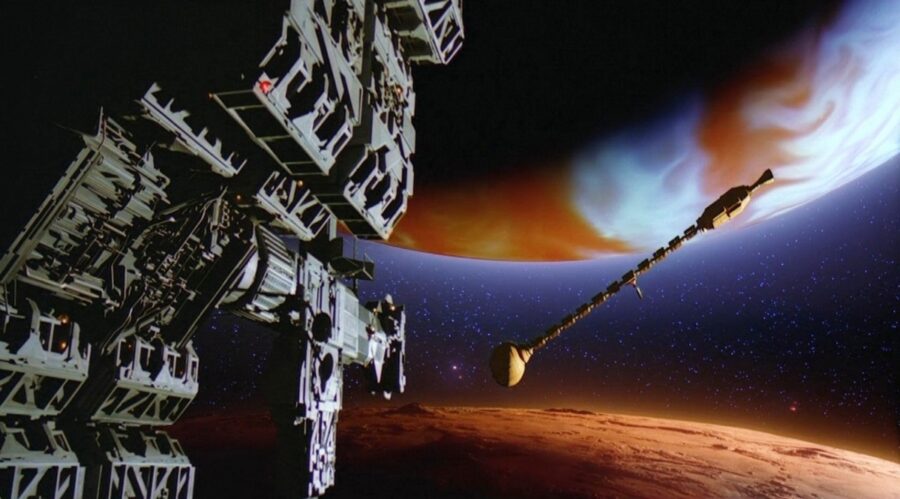
Fans of the podcast GenreVision should enjoy a notable episode in which Drew and Travis review the sequel to Stanley Kubrick’s 2001: A Space Odyssey. Entitled 2010: The Year We Make Contact, the project came out in 1984 and amounts to a truly underrated movie, an exception to the cliche that sequels are inferior to originals. Indeed, it deserves comparable acclaim to the original.
2010 Is Just As Stellar As 2001: A Space Odyssey
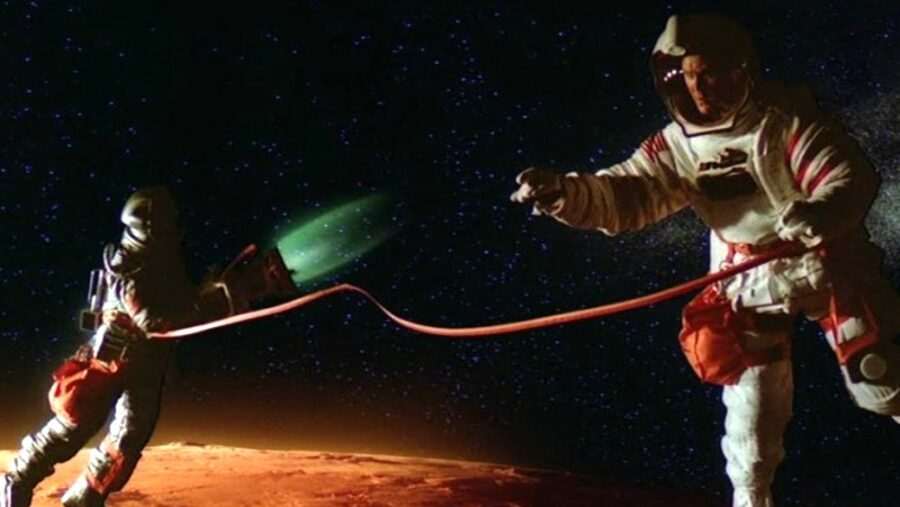
Peter Hyams directed the film which adds up to much more than a mere continuation of the saga that began in 1968 with Kubrick’s classic. The movie transforms Arthur C. Clarke’s 1982 sequel to his first novel into a vivid and thought-provoking cinematic marvel. Its cast included Roy Scheider (probably best known for Jaws), Helen Mirren, and Bob Balaban.
Commendably, 2010: The Year We Make Contact constitutes a movie balancing its predecessor’s intensely abstract sensibility with grounded, character-driven screenwriting. Its narrative resumes the 2001 saga nearly a decade after the mysterious conclusion of Discovery One’s mission to Jupiter.
Moreover, it enjoyably intertwines a gripping geopolitical drama with cosmic, sci-fi trademark exploration. The storyline is rich in thematic weight: the challenges of international cooperation—perhaps influenced by the Cold War climate at the time of the film’s production—as well as meditations on technological ethics.
Visually Stunning Imagery
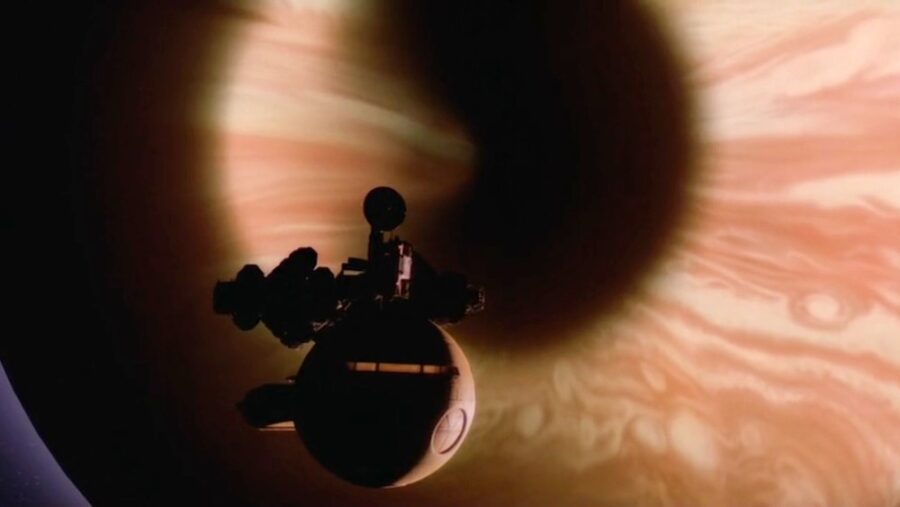
Indeed, the collaboration between the American and Soviet crews aboard the spacecraft Leonov advances the political theme and contributes a layer of striking to the sci-fi setting. Like the original film, 2010 is a stunningly visual movie enhanced by special effects and notable art direction. The film’s depiction of Jupiter and its moon, alongside the awe-inspiring Monolith, does justice to the visual legacy of 2001. The soundtrack is unforgettable for its employment of digital synthesizers, a novelty at the time, which heightens the futuristic feel.
Solving Mysteries
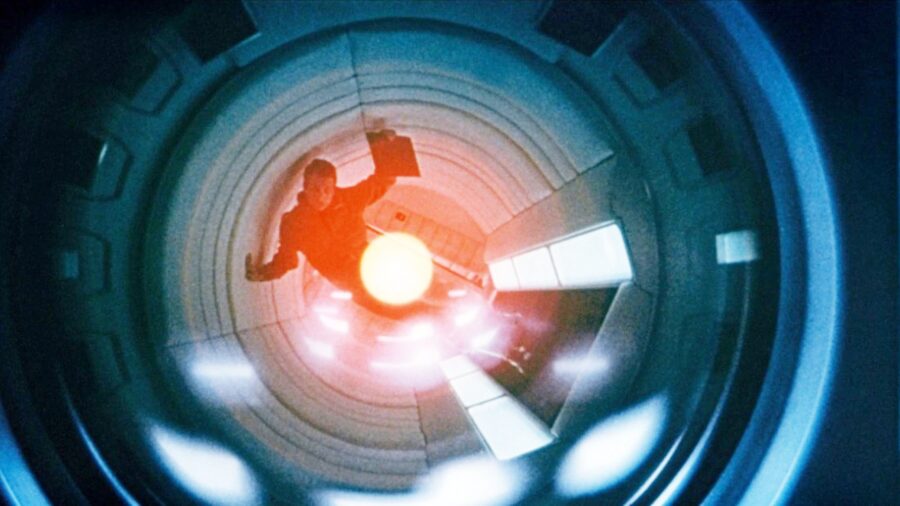
Notably, the film offers rather concrete answers to the enigmas of its fictional universe, which differentiates it from 2001, notorious for leaving audiences pondering the hows and whys surrounding abstract imagery and symbolism. For example, 2010 demystifies the reason for HAL 9000’s horror-esque malfunction, providing sufficient closure for the AI narrative arc begun by the first movie. Also, the movie’s climax, in which Jupiter transforms into a second sun, alongside the beginning of life on Europa beneath the gaze of a Monolith, is equally visually inspired and thematically optimistic.
Lauded By Critics
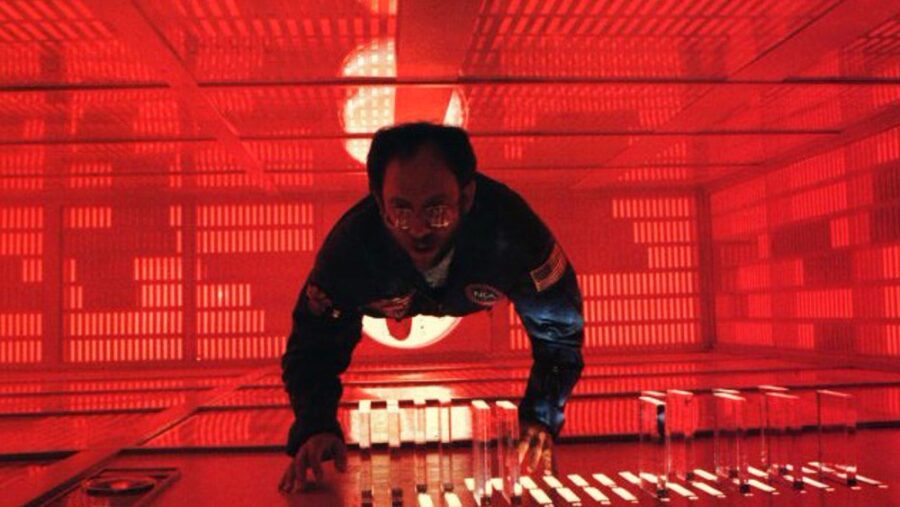
The film earned positive reviews from critics and a decent box office return. Few remember, additionally, that 2001’s sequel garnered Academy Award nominations in categories like Best Art Direction, Best Makeup, and Best Visual Effects. As the nominations demonstrate, the movie is technically brilliant–and deserves attention, if only for that. It also claimed the prestigious Hugo Award for Best Dramatic Presentation—rendering it veritable sci-fi gold.
2010 Should Not Be Slept On
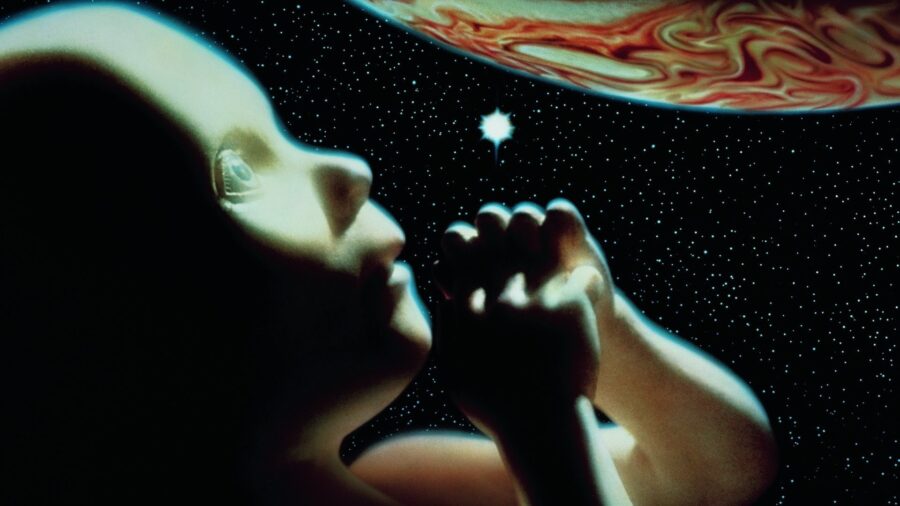
Ultimately, 2010 stands on its own as a movie rivaling the impact of its predecessor, delivering a well-crafted, intelligent narrative. It reconciles the philosophical depth of 2001 with a more approachable sensibility, elevated by visuals on par with Kubrick’s epic. Blending the cerebral and the conventional, the film shouldn’t be missed.












